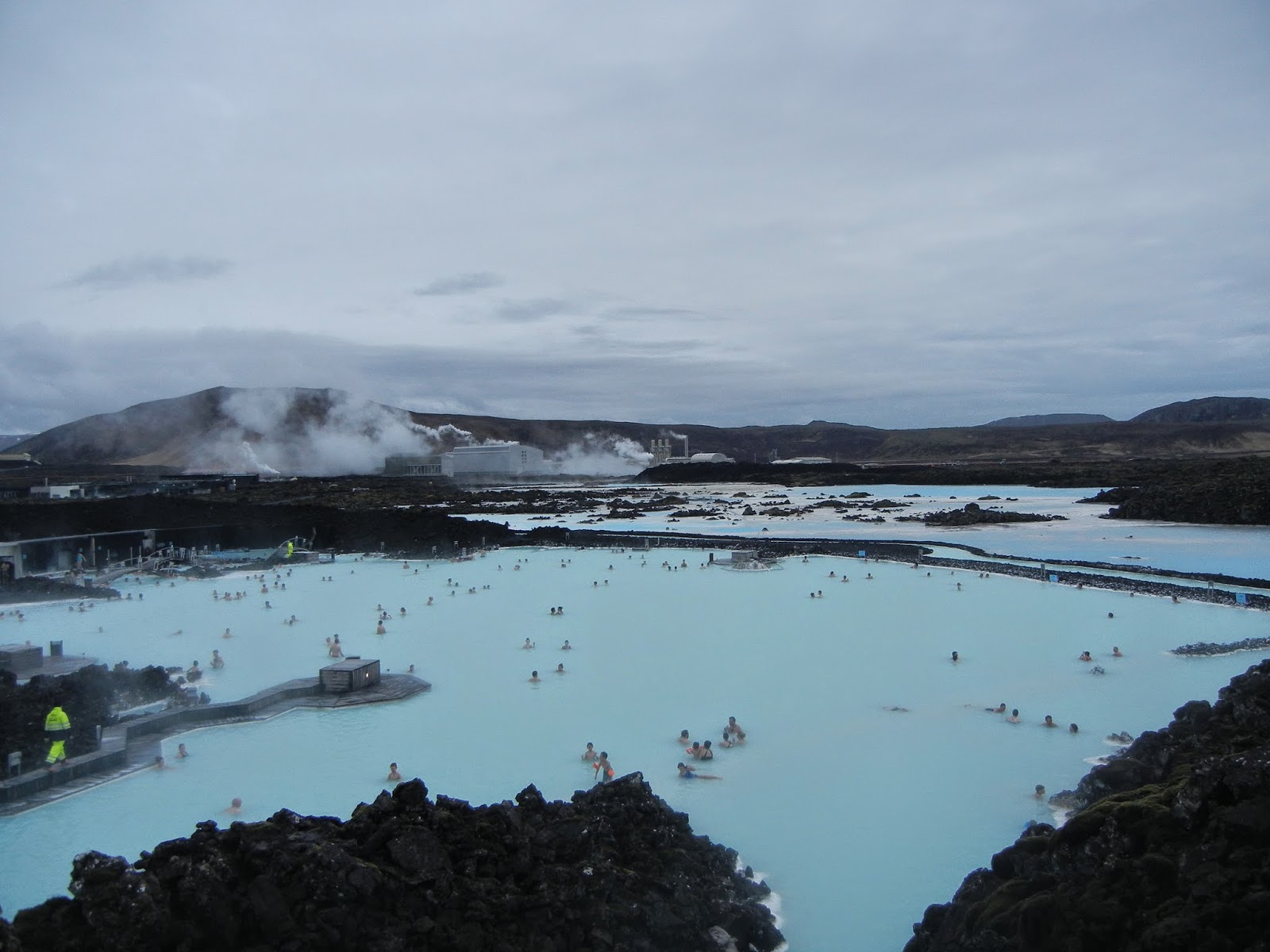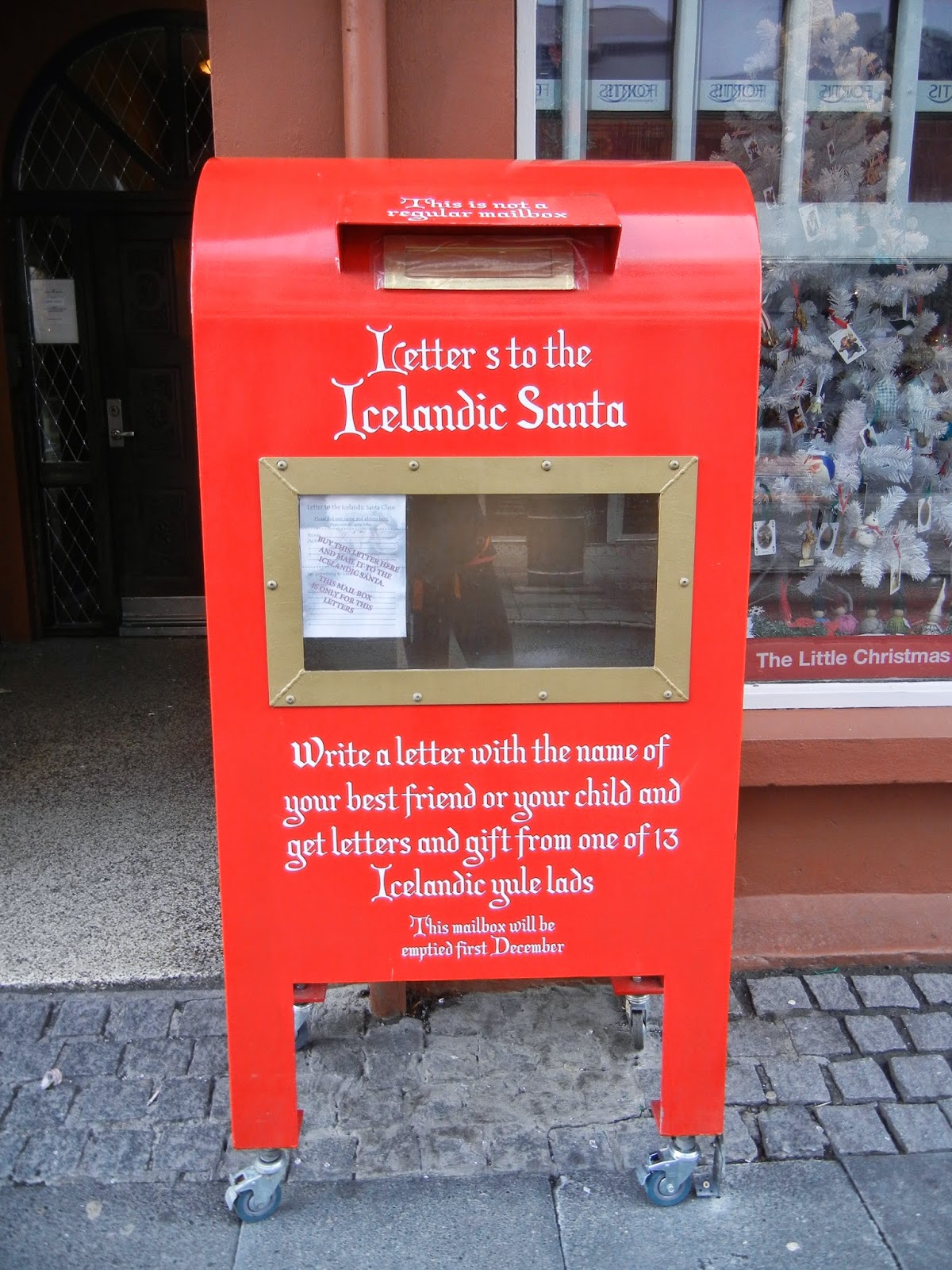Mom and I made sure that we were punctual about grabbing breakfast at 7:30 AM at the Dyrholaey Hotel since we personally requested the time. We had a similar breakfast to yesterday: salami or salmon, vegetables, and cheese sandwich. There were also pastries, small fruits, and cereals as options. We ate and checked-out quickly, since we had another long driving day ahead.
Solheimajokull Glacier
The word of the day for today was windy. Right from the start, we greeted with strong wind gusts and light rain. We drove back westward on Route 1 for less than 20 km before we saw a glacier away from the coastline. We saw a gravel road with a sign in front advertising a glacier tour; we had no intention of doing the tour, but we knew it would be possible to get closer to the glacier, so we turned around and went down the gravel road. We had doubts about our small car making it out and back, but we were in luck. We got out of the car and started hiking along a trail that went towards the glacier, but our progress was extremely slow due to the wind. The wind was so strong at points that I couldn't hear my mom talking to me from 2 feet away; also, turning sideways to the gusts would not allow you to breathe through one nostril, and my ears ached from either the pressure gradients or noise. We captured a few photos and then were almost literally blown back to our car.
We found out from signs at the trailhead that the glacier we saw was called Solheimajokull glacier, which is a 14 km long outlet glacier that projects down a valley from the Myradalsjokull glacier. Due to the shape and location (it is at a lower elevation than Myradalsjokull), it is very sensitive to climate change; progress of the glacier since 1969 has shown oscillations of progressing forward and retreating down the valley over time depending on the mass balance of precipitation and the temperature.
The Myradalsjokull glacier, just north of the Solheimajokull glacier, is fascinating because it lies on top of one of Iceland's most infamous volcanos, Katla. Katla has erupted twenty times since Iceland was settled (or roughly twice every century). These eruptions cause large flooding due to melting of the glacier; flood water can flow 100,000 to 300,000 meters cubed per second in a matter of hours when Katla erupts, which can have fatal consequences on the surrounding area.
 |
| Solheimajokull glacier |
Skogafoss
We continued driving on Route 1 when we saw a waterfall that we had skipped yesterday in our rush to get to our hotel in time. The waterfall is called Skogafoss, and is inside the small town of Skogar. Legend has it that Prasi, the Viking who settled in Skogar, hid a chest of gold behind the waterfall. The only item that has been retrieved from the treasure so far is a gold ring, which is affixed to the church door at Skogar. From the waterfall, a hiking path follows the river up beyond Skogafoss for about 26 km, over which 23 waterfalls can be seen along the river. At an elevation of 1040 m up along the path, a view of both the Myrdalsjokull and Eyjafjallajokull glaciers can be seen on either side. Further, there are cliffs to traverse with chains to hold onto. My mom and I only hiked up a mile or two at most from Skogafoss since we still had a lot of driving to do, but this hike is now on my Iceland bucket list.
 |
| Mom in front of Skogafoss |
 |
| Further up the river past Skogafoss |
We drove on Route 1 further and then north on Route 30, and eventually arrived at the Fludir Icelandair Hotel, which was situated in a cute town with rolling hills and a mountain backdrop further north. We dropped our bags off in the rooms, and asked the receptionist for recommendations for lunch and interesting spots to visit near Fludir. She pointed us in the direction of a place called Cafe Mika in Reykholt, Iceland--just slightly southwest of our current location. We drove out and I got a pasta with vegetables in a white wine sauce dish and my mom got a cheese salad dish. The meals turned out to be fantastic! They certainly didn't skip out on making it aesthetically pleasing or interesting in composition; my mom even had brie in her cheese salad.
Once we were done, we got back in the car and headed north on Route 35 and 37 to do part of the famous Golden Circle tour, which is comprised of Geysir, Gullfoss, and Pingvellir National Park. We knew instantly when we were approaching Geysir because of the strong sulfur smell that overtook the car.
Geysir
Iceland is divided into low and high temperature geothermal zones due to the Mid-Atlantic ridge cutting the country into two parts and constantly shifting (2 cm/year, although other sources have said less by an order of magnitude). Geysir is a high temperature geothermal zone in Iceland (meaning it is within the volcanic zone), with a base temperature around 250 degrees C. The Geysir geothermal area covers an area of 3 square kilometers. Geysir is the second largest geyser in the world (stray height 70 - 80 m) behind Steamboat (90 - 120 m) in the U.S., and the origin of the term geyser was inspired by Geysir (the Icelandic verb "geysa" means to gush).
 |
| Strokkur geyser |
A geyser's periodic ejection of hot water is due to its proximity to magma within volcanic areas. Water deep in the ground begins to heat up when it touches the hot rocks. As the water from various reservoirs fills the column and begins to approach the surface of the ground, the water exposed to the air is cooled by convection. The water column collapses due to the cool water on top pushing down on the hot water deeper in the column, causing superheating of the deeper water to occur. When steam bubbles are eventually formed and bubble up through the surface, some of the pressure is released within the column, causing the hot water to flash into steam and shoot out of the geyser.
We walked around and looked at all of the small and large bubbling pools. The only active geyser that we saw while we were there was Strokkur, the fourth largest in the world (height of 25-35 m); Strokkur "ejected" about ever 10 min.
Gullfoss
The next destination we drove to was Gullfoss, which is further north on Route 37 and is a part of the Golden Circle tour. There are a few theories as to how Gullfoss was named, ranging from the golden color of the waters in the evening to a legend of a farmer who selfishly threw all of his gold into the falls so no one else cold possess it. Gullfoss was the target of potential construction to harness it's power for electricity numerous times, but each attempt was fought by individual environmentalists who had a personal connection with the waterfall. One of these environmentalists was Sigridur Tomasdottir in Brattholt; a shrine was erected for and a trail leading to a majestic view of the waterfall was named after her for her efforts. Gullfoss was preserved and made into a nature reserve in 1979.
 |
| Mom and I at Gullfoss |
The winds we experienced at Gullfoss were the roughest that we experienced on our trip to Iceland thus far. Since the wind was inconsistent as well as strong, it often took us by surprise and almost blew us off of the walking trail (we did not dare to get too close to the water for this reason). When we climbed down the Sigridur trail and caught our first glimpse of the waterfall, it lived up to it's glorious reputation. I gate getting following the waterfall and river more upstream was closed off, but my mom and I, along with the majority of the other visitors, were not extremely mindful of this.
 |
| View from the top of Gullfoss |
We also saw a shirt that pretty much summed up our experience with the Icelandic language:
We decided to save the third and final part of the Golden Circle tour, Pingvellir National Park, for the following day since it would be along the way back to Reykjavik.
Laugarvatn Fontana Thermal Pool
 |
| Laugarvatn Fontana thermal pool |
After all of the wind throughout the day, we decided that a thermal pool sounded appealing. We stopped at a thermal pool in Laugarvatn (southwest of Geysir and Gullfoss on Route 37) called Fontana, and soaked for an hour or two. Fontana was constructed in 2011 using one of the three, mineral-rich hot springs that are present near the shore of lake Laugarvatn. Fontana was very different from Blue Lagoon. Fontana didn't look natural (it looked like a normal swimming pool), which is probably why there was less of a touristy appeal. Both experiences were unique and worthwhile in different ways. Fontana was much more relaxing for me since we shared the pool with only six to eight other people max. It also felt cleaner (with the exception of a lot of algae living in one of the pools), and had more structures promoting being active and moving around within the springs. I personally enjoyed a small C-shaped structure that spurted out warm streams on three sides. My mom and I both agreed that visiting both the Blue Lagoon and Fontana were fun and worthwhile for different experiences.
Kerio
We had one more location that we were set on visiting for the day; Kerio, located about 30 km southwest of Laugarvatn (driving 37 South and 35 South), is a crater with a lake formed about 6,500 years ago. It was originally believed that the crater was formed by a huge volcanic explosion, like most crater volcanos, but further studies contradicted this; it is now believed instead that Kerio was a cone volcano that erupted and emptied its magma reserve. The crater is like a window to the groundwater since it rises and falls with the water table.
 |
| Kerio |
 |
| A purple lava rock at Kerio |
My mom and I hiked down to the bottom and around a footpath at the water's edge. We found all of the colors of the lava rock very fascinating; there were vivid reds, purple, pink, orange, yellow, blue, and then mixes of all of these colors in the rocks. We then climbed back up and walked around the top of the crater.
We drove back northwest to get to our hotel in Fludir in time for a late
dinner. We decided to eat at the hotel
restaurant since we had a long day of traveling, and we weren’t anxious to walk around any more than we needed to.
I got a delicious lamb steak dish and my mom got a local cod dish. We both were in the mood for desert
afterwards. I got a brownie with vanilla
ice cream and my mom got a strawberry, creamy dessert. The hotel had a beautiful view of the
northern mountains, and I was able to watch the sun slowly set in a pink hue
over the mountains as I began the blog.
Once again, I wanted to keep my eyes peeled for the northern lights, but
even at 11:30 PM, there was a remaining green hue from the sun having not
entirely set. We are excited for our
completion of activities in the Golden Circle tomorrow.
~*~ Information Courtesy of the respective parks and locations ~*~








































